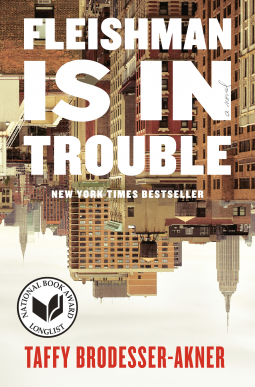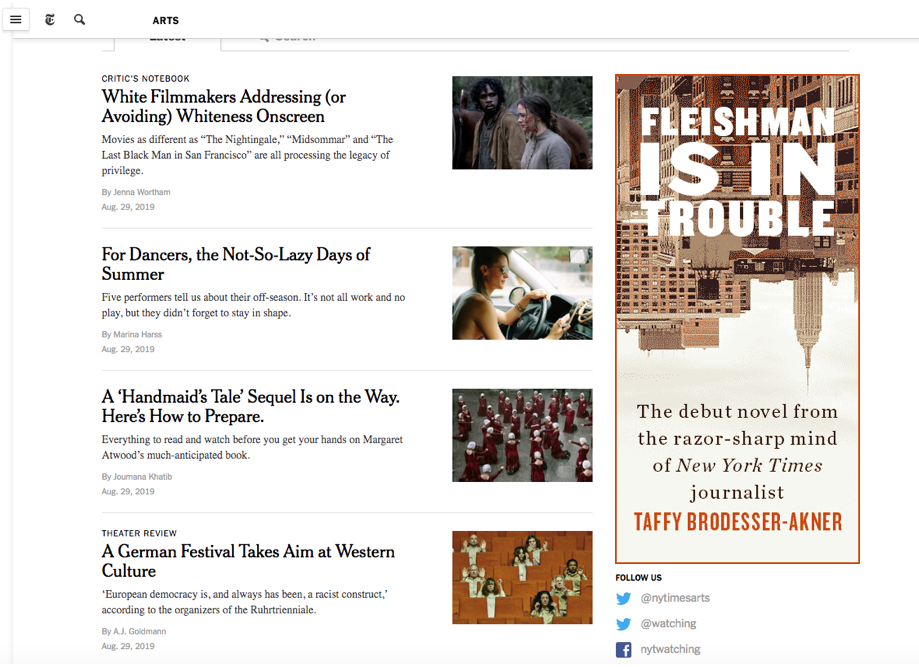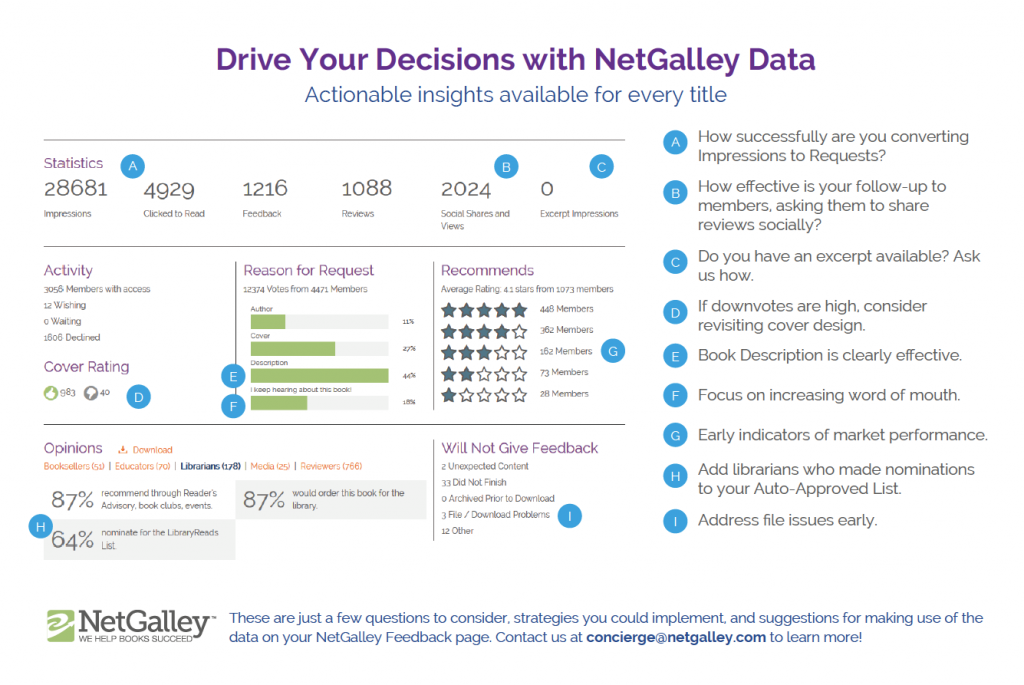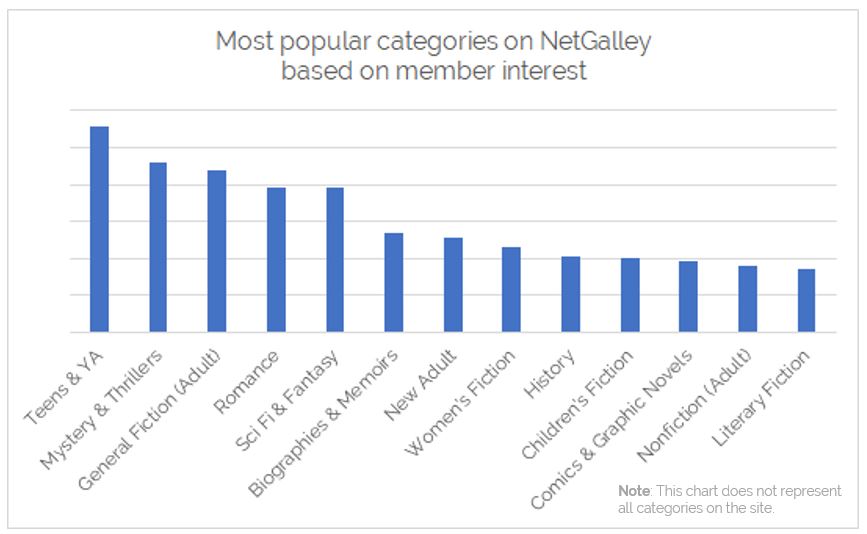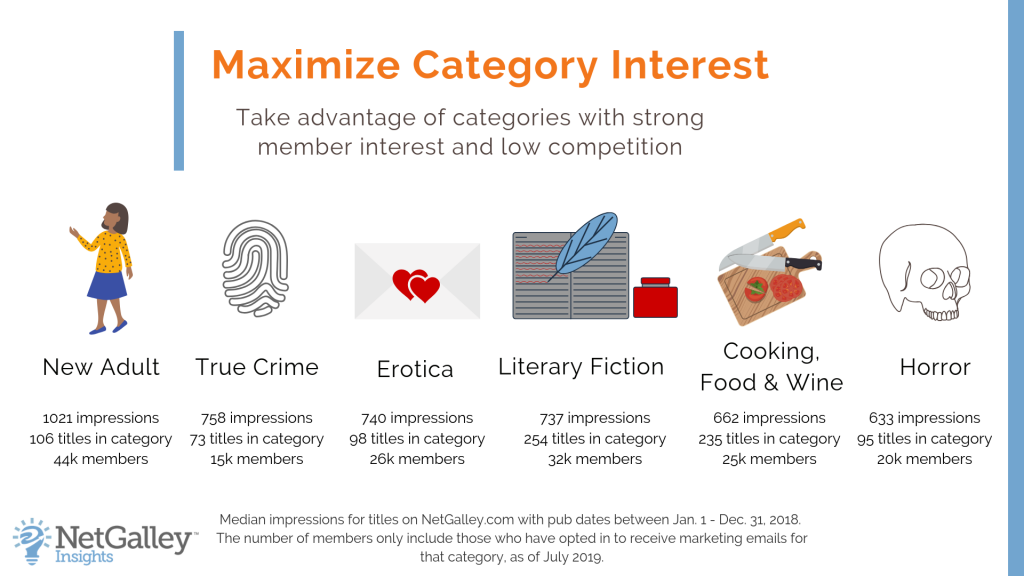Using NetGalley tools as a centralized hub for your data
We believe in the power of data. Publishers tell us all the time that they’re looking for more ways to use the data that’s at their fingertips, and we are always happy to work with publishers to help you develop your own unique strategies to use data to target followup, track where reviews are being shared, and to build an even more engaged community on NetGalley. But it’s also important to take a step back and look at the big picture. Early data across titles, imprints, and time can give you real wisdom about what’s working, how you can expect your books to perform, and how to give every book its greatest chance of success.
So, we’re reinforcing that bigger picture–why you should be looking at your early data, plus some ways that you can use both NetGalley Classic and NetGalley Advanced as a centralized hub for data collection and analysis.

Create benchmarks
Understanding likely results is a crucial part of setting expectations and creating new goals. In NetGalley, you can compare historical data to see how other similar titles have performed in the past, helping you more easily develop those benchmarks and expectations.
Understanding likely results is a crucial part of setting expectations and creating new goals.
“There is never a one-size-fits all marketing plan,” says Kristina Radke, VP, Business Growth at NetGalley. “Publishers have a lot of considerations when building their strategy — genre of book, debut versus established author, marketing budget, pub season, etc. — and they should also be thinking specifically about what they’ve learned from past performances.”
The Title Summary Report shows side-by-side NetGalley activity for a custom group of titles to help you understand standard performance as you’re setting new goals. The report includes Impressions, Requests, Approvals, Downloads, and amount of Feedback, among other data points. You can choose to view a list of titles based on pub date and category, and even narrow based on imprint or whether the books are still active on NetGalley.
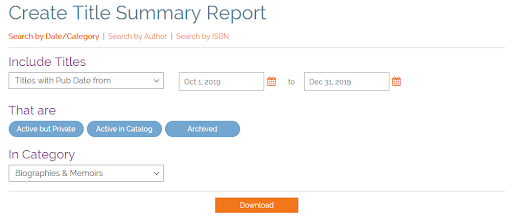
For instance: If you’re curious how your Science Fiction titles performed this year compared to last year, use this report to see all of those titles together to understand how that category is trending. Or, if you have a forthcoming book from an established author, you can use this report to find all of your titles from that author in order to see how the previous books performed on NetGalley. This report helps you to more easily set expectations for the new book, or come up with a plan to outperform the previous titles.
One of the important ways that publishers are setting benchmarks is by looking at an author’s previous books or relevant comp titles. The Title Summary Report makes this research easier for you. You can generate NetGalley reports based on specific authors or ISBNs.
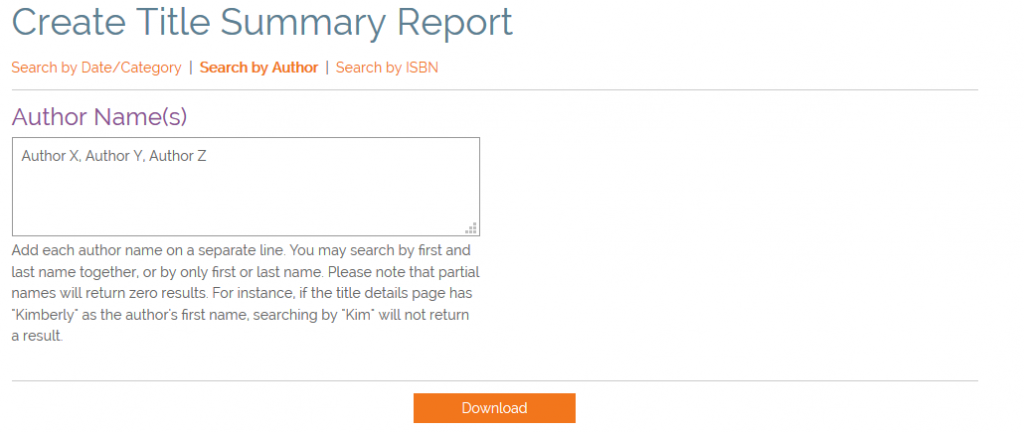
This type of reporting centralizes a number of different data points that you can use when planning acquisitions or identifying new market trends. For instance, if activity for a book series is decreasing with each new title, a publisher might consider updating the cover design or re-engaging fans with a promotion. If cookbooks are consistently outperforming expectations, you might bring that information to your acquisitions team looking for the next big thing.
Set your goals before looking at data
Once you have a good understanding of the expectations for a particular type of book, the next step is to clarify your specific goals for the new title. After identifying which metrics are most important to you and what kinds of numbers you’re looking to achieve, you have a better framework for engaging with the data you’ll receive from a new promotion.
Once you have a good understanding of the expectations for a particular type of book, the next step is to clarify your specific goals for the new title.
Success on NetGalley looks different for different publishers, different authors, different books. It might mean a specific conversion rate from Impressions to Feedback, number of nominations for LibraryReads and Indie Next, or reaching a certain threshold of reviews on retail platforms around the pub date.
Valerie Pierce, marketing director, retail marketing and creative services, at Sourcebooks told NetGalley Insights that when she and her team measure success, they look at a number of different factors. She said, “We have a few key lists that we look at to determine how the pre-publication promotions for a book are performing.” This includes NetGalley requests, cover votes, Indie Next and LibraryReads nominations. She and her team set goals based on past performance of in-house comp titles. “If the number is [below target], we know we have to stop what we’re doing and completely re-strategize. If the number is average, then we look at ways that we can improve them. And if the number is higher than we anticipate, then it not only means that we’ve got a winning strategy – it also means that this might be a title to pour additional resources into. This could include going back to the sales team and asking them to go back out to their accounts, reallocating budget money so that we can fund more advertising, and going back out to media.”

NetGalley reporting provides relevant information for a variety of different metrics and goals to help you get the information you are looking for in a streamlined way.
Measure ROI on marketing and publicity efforts
We know that when you invest time, energy, and marketing dollars into a promotion, you want to know whether that investment was effective. By looking at the Title Activity Chart, you can see spikes in impressions, requests, and other activity, and easily correlate them to campaigns both on and off NetGalley. This line chart visualizes information to show you the impact of your marketing.
When you invest time, energy, and marketing dollars into a promotion, you want to know whether that investment was effective.
“Why wonder, when we can know without a shadow of a doubt, how a campaign performed?” asks Lindsey Lochner, VP, Marketing Engagement at NetGalley. “Having the Open Rate for an eBlast is valuable, but actually seeing the direct result that eBlast had on your book’s overall activity, over the course of its life on NetGalley — that’s powerful. Experimenting with various promotional tools and tracking the results will allow you to determine which efforts are worthwhile for particular types of books and goals.”
Here are some real-life examples of how the Title Activity Chart shows the effects of publishers’ marketing and publicity efforts on and off NetGalley:
Example 1
Coordinated NetGalley marketing opportunities boosted activity for this Nonfiction book several months after the book initially went live on NetGalley.
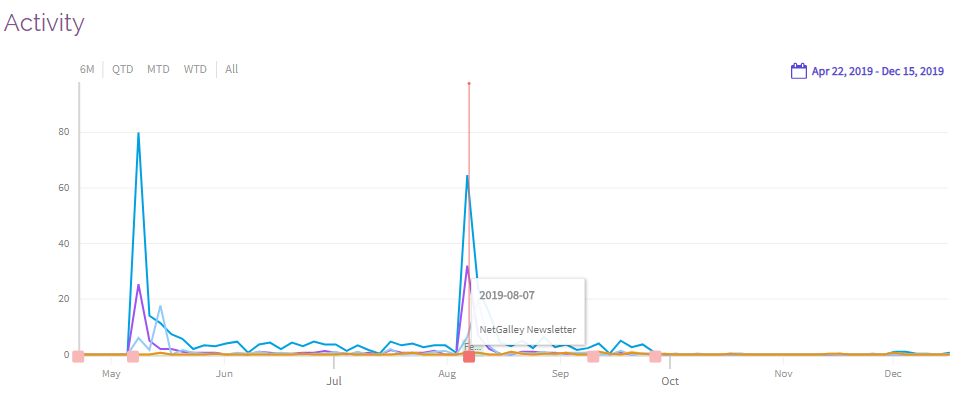
Example 2
The spikes of activity in August for this Fiction book were not coordinated through NetGalley’s email or on-site promotions, showing that the publisher successfully increased activity through their own efforts.

Example 3
Inclusion in a NetGalley Newsletter boosted activity for this YA book, far exceeding even the initial excitement when it first went live for members to request.

Example 4
Small spikes of activity throughout this timeline demonstrate consistent successful efforts to drive audiences to this Children’s book on NetGalley.

Be willing to pivot
Data can show you when you should abandon your current path and pivot to something new.
Data can show you when you should abandon your current path and pivot to something new. If you’re disappointed with the response you’ve gotten, whether that’s a low number of requests, critical feedback about the cover image, or poor reviews of the book, use that information to adjust your strategy.
Look at the Reason for Request section (on the Title Feedback page, or the downloadable Snapshot PDF report) to understand if your book description is effective. This area can also demonstrate if your overall brand and author awareness is high, depending on how many members respond that they “keep hearing about this book.” You might boost your social media efforts, or encourage your author to pitch essays related to their book to news outlets to increase word-of-mouth if the responses are lower than you expected.

Also consider the Cover Ratings on this page to understand how early readers are reacting to the cover art.

We all know the old adage, but it’s impossible to ignore the fact that people DO judge books by their covers. The NetGalley community is overall very positive: when it comes to covers – they rarely click the thumbs down button unless they feel particularly strongly. So if you notice a lot of dislikes on a cover, it’s a good idea to have a conversation with the design team about reworking the art.
Cover Ratings are also an indicator when strategies are working. Brian Ulicky, publicity and marketing director for The New Press uses feedback from the NetGalley community to confirm that he and his design team are on the right path. “Covers are one of the most important pieces of marketing any book gets, and if the NetGalley community loves our designs, we must be doing something right. It’s helpful to have early feedback inform and confirm our very involved, iterative process of designing and choosing covers.”
The Top Performers chart is an easy way to see comparative performance for any active titles on NetGalley, filtered by type of activity and by category. For example, publishers can compare performance across all of their Nonfiction titles, based on which have the highest star ratings. This will help you predict what will happen with these books once they go on sale, or indicate where you need to boost your efforts.
When considering the Top Performers, take note of the conversion rate. First filter to view books with highest Impressions, and then switch to view books with the highest number of Requests. This can be extremely telling! If you have a book with a lot of Impressions, but comparatively low Requests, you’ll know that members decided against requesting the book after reading the description and looking at the cover. The question then becomes: Why?
You might try to optimize this conversion by revising the book description, or adding any missing information to the title record. If you can identify these necessary changes pre-publication and work to increase the NetGalley conversion rate before pub date, you can expect that the conversion from impression to sale will be easier to get once the book hits shelves.
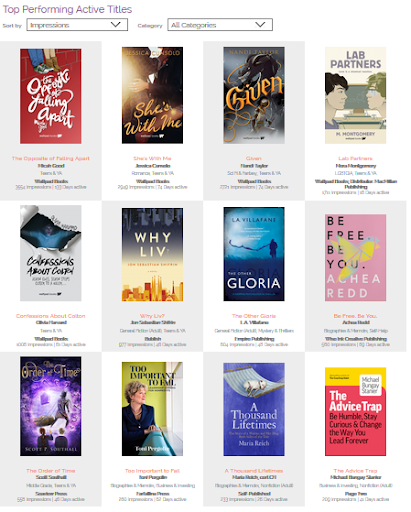
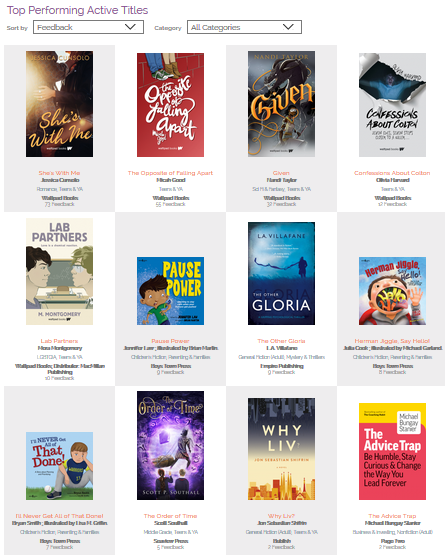
The NetGalley Advanced Word Cloud can help you identify the strongest ways to talk about your book. Publishers already look at reviews to see what is resonating with readers, but the Word Cloud makes the process less manual and more visual. It’s created from the actual reviews that members submit for that book, making it a powerful tool to quickly identify readers’ sentiment beyond a star rating, and give you a better idea of what words are most relevant for the book’s marketing efforts.
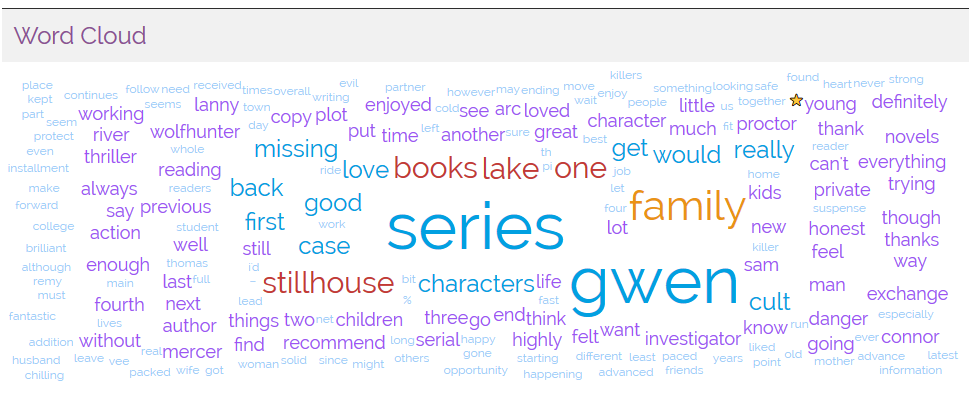

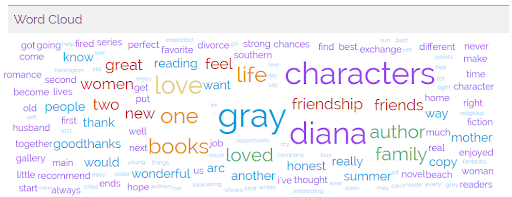
“Audience language has been proven to be the most effective source of keywords for titles,” says Joshua Tallent, Director of Sales and Marketing at Firebrand Technologies. “How your reviewers think about your books, and the language they use when describing them, will correlate well with how new customers search for your books.” The NetGalley Word Cloud is a great way to understand your audience better, supplement your book description for SEO, or add keywords to your metadata. Plus, if you’re looking for even more quality keywords for your books, Firebrand’s Keywords service uses artificial intelligence and machine learning to generate keywords from multiple sources of audience language. (Including NetGalley!)
Understand your audience and how you connect with them
Are you reaching your target audience on NetGalley? If you’re working to connect with librarians or booksellers specifically, the Activity By Member Type chart will show you how well you’re doing. Not only can you see how approvals for these members compare to others, you’ll also see their follow-through, including whether they downloaded the book and if they provided Feedback.
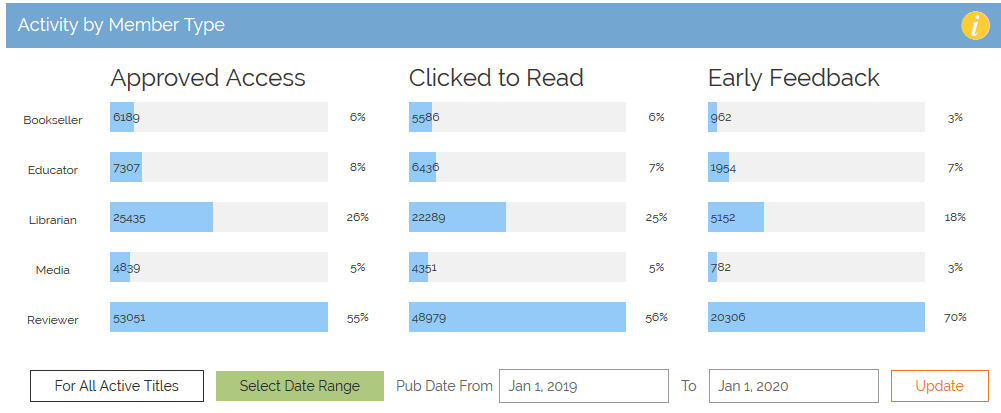
On NetGalley.com in 2019, NetGalley members provided nearly 612,000 Reviews and Feedback! Reviewers provided Feedback for 41% of the titles they were approved to download, while Educators shared Feedback for 30%, Librarians shared for 23%, Booksellers for 20%, and Media for 19%.
In 2019, NetGalley members provided nearly 612,000 Reviews and Feedback! Reviewers provided Feedback for 41% of the titles they were approved to download, while Educators shared Feedback for 30%, Librarians shared for 23%, Booksellers for 20%, and Media for 19%.
It’s natural that Reviewers submit the most Feedback, whereas Educators, Booksellers, and Librarians tend to use NetGalley to consider new books to purchase for their classrooms, stores, or libraries, and Media use NetGalley to prepare for interviews and to be better informed about which new books are forthcoming.
When looking at these charts, remember to consider your benchmarks as you set expectations.Determine how many new Bookseller requests you are hoping to receive, and then look to see if you reached that goal after the promotion. If you didn’t hit your mark, adjust your strategy as necessary.
Early Data in Action
In our case studies, publishers and authors tell us about how they use the early data from their NetGalley accounts to drive their actions.

Jess Bonet from Random House uses NetGalley reviews to see what is resonating with readers and to adjust her marketing language accordingly. She said, “The Feedback Report is the tool we most commonly use. It’s so helpful to see what’s resonating with readers before a book goes on sale, so we can adjust our messaging accordingly. Around 3 months before a book goes on sale, our team will meet and discuss review feedback, largely from NetGalley, and adjust copy as necessary. We came to realize that readers were really responding to Taffy’s raw honesty about dating and marriage in the 21st century, so we played that up in our ad copy and our copy feeding to retailers.”
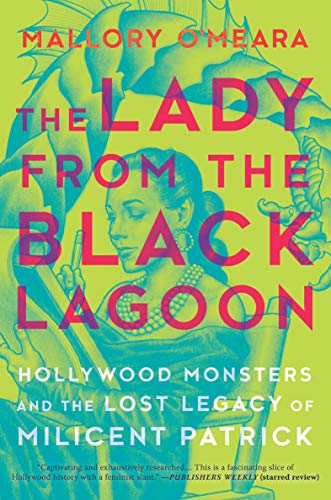
Laura Gianino at Harlequin looks at who is downloading their books so she can pay attention to what types of members are interested, and to drive very targeted follow-ups for reviews and media coverage. She said, “The data was one of the first indications about who was interested in the book.” It helped her to identify the media she pitched, and who followed through to access the book, indicating that they may be planning coverage of this title.

Cynthia Shannon from Chronicle shared early reviews with her sales team so they could show them to book buyers and make the case for carrying in-store. She said, “This helped shed insights into how customers were responding to the book.”
We want to hear which data points are most important to you and how you are using NetGalley to access that data. We’re also always here to help you strategize about developing benchmarks and data-driven goals. Drop us a line at insights@netgalley.com.


